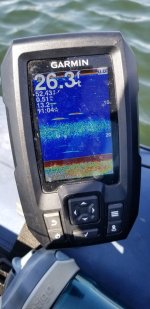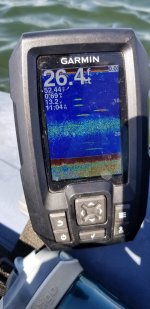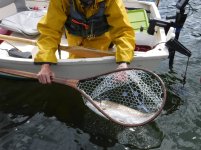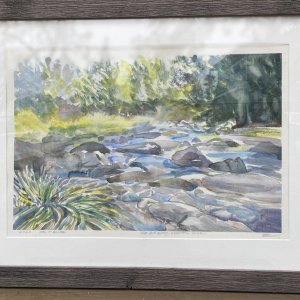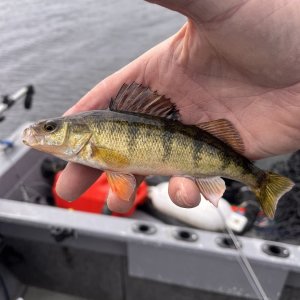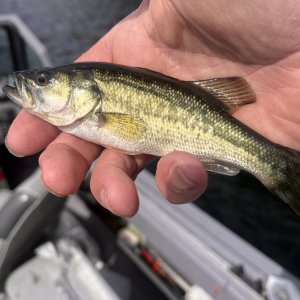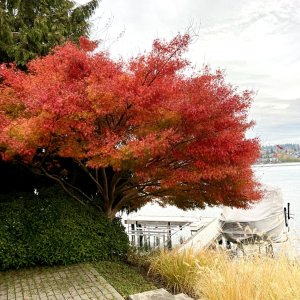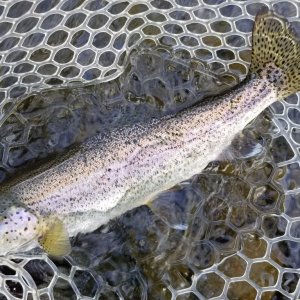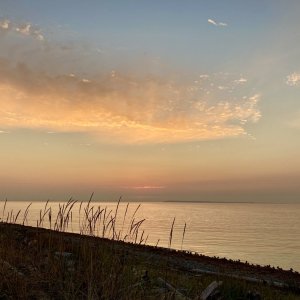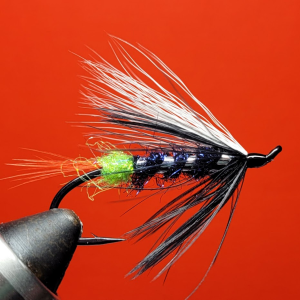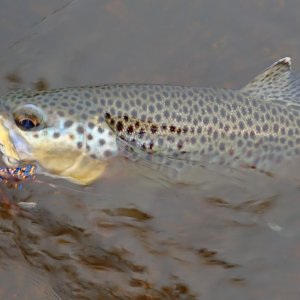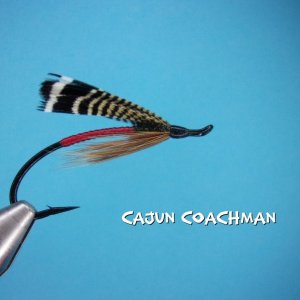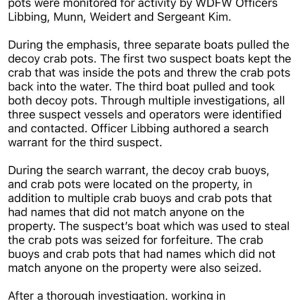I been fly fishing for almost 50 years but haven't fished lakes much. I am brand new to fish finder-sonar and just bought a nice Garmin Striker 4 fish finder. My only frame of reference is USAF fighter interceptor weapons system radar that displayed target relative vertical & horizontal position, distance, and its direction of travel. That's probably working against me and I need try forgetting all that I ever knew about radar displays.
I know the Striker sends out and receives ultrasound waves in a cone to paint the bottom, shows the depth, structure, beeps and displays a fish icon when it thinks it's detected a fish with the depth...
I know that the"Edge" "A-Scope" display shows a realtime image of what's straight down in the sonar cone, the cone diameter... The narrow Edge A-Scope display is always saturated with bottom return data. Fish are displayed as changing colors (denoting target depth & distance) in the water column cone above the bottom saturation. When a fish "arch" or a fish icon displays beyond the Edge A-Scope display, it's old data and no longer below me. If I am moving I only know I passed over a fish, and the depth.
Can any fish finder experts out there help educate me on...
*edited to correct the realtime feature name
I know the Striker sends out and receives ultrasound waves in a cone to paint the bottom, shows the depth, structure, beeps and displays a fish icon when it thinks it's detected a fish with the depth...
I know that the
Can any fish finder experts out there help educate me on...
- If the fish is 5ft above the bottom with no structure nearby is it likely cruising for food?
- If the fish is moving, is there any way to tell what direction, how fast... ?
- Ultimately, how can I use the display to help me target the fish that just passed through the cone?
- If you see a fish painted near structure (including the bottom) how do you target a fish that was just painted on the display?
- If you are trolling or just underway, how do you target a fish that was just painted on the display?
*edited to correct the realtime feature name
Last edited:

